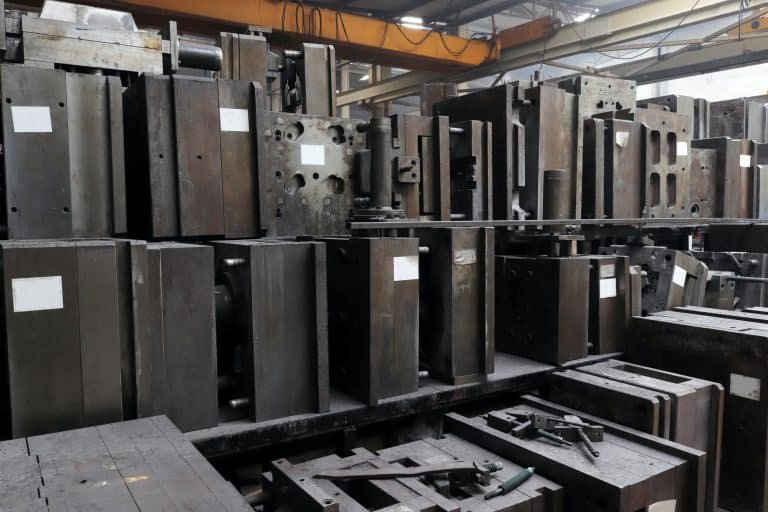Silicone molding stands as a testament to the ingenuity of modern manufacturing, offering unparalleled versatility in creating intricate and detailed replicas of original models. From prototypes and medical devices to consumer products and industrial components, silicone molding has become a cornerstone in the production of diverse items.
Overview of Silicone Molding:
At its core, silicone molding is a process that involves creating a flexible and durable mold using silicone rubber to replicate the original model or prototype. Silicone, a synthetic polymer known for its remarkable flexibility, resilience, and resistance to extreme temperatures, is an ideal material for molding various shapes and intricacies. The key advantage lies in its ability to capture fine details and produce replicas with exceptional accuracy.
Compression Molding:
Compression molding stands as one of the fundamental techniques in silicone molding. This method involves placing a pre-measured amount of silicone material in a mold cavity and compressing it under high pressure and temperature. The pressure ensures that the silicone evenly fills the mold, capturing all intricate details. Compression molding is well-suited for low to medium production volumes and is favored for its simplicity and cost-effectiveness.
Injection Molding:
In contrast to compression molding, injection molding is a more automated and high-volume technique in silicone molding. This method involves injecting molten silicone material into a closed mold under high pressure. The liquid silicone flows into the mold cavities, replicating the desired shape with precision. Injection molding is particularly advantageous for intricate and complex designs, and its automated nature makes it highly efficient for large-scale production.
Liquid Silicone Rubber (LSR) Molding:
Liquid Silicone Rubber (LSR) molding has gained prominence as a specialized technique in silicone molding, especially for products requiring flexibility and durability. LSR is a two-part liquid silicone compound that cures into a rubber-like material. The molding process involves injecting the liquid silicone into the mold, allowing it to cure and solidify. LSR molding is ideal for producing soft, pliable products, making it a popular choice for medical devices, baby products, and other applications where flexibility is paramount.
Transfer Molding:
Transfer molding combines elements of compression and injection molding. In this method, a measured amount of uncured silicone is placed in a chamber, and a plunger forces the material into the mold cavity. The mold is then heated to cure the silicone. Transfer molding is suitable for intricate designs and allows for better control over material placement, making it a preferred choice for certain applications.
Overmolding:
Overmolding is a technique where silicone is molded over an existing object or substrate. This method is commonly used to enhance the functionality, aesthetics, or durability of a product. Overmolding can be achieved through various silicone molding processes, such as injection molding or compression molding. It opens up possibilities for combining different materials and harnessing the unique properties of silicone to create innovative and multi-material products.
Prototyping with Silicone Molding:
Silicone molding is not only a production technique but also a valuable tool for prototyping. Creating prototypes using silicone molds allows for cost-effective testing and iteration before committing to mass production. This iterative process is crucial for refining designs, ensuring functionality, and identifying potential improvements.
Finally, the world of silicone molding is a rich tapestry woven with diverse techniques catering to the specific needs of different industries and applications. From the simplicity of compression molding to the precision of injection molding and the flexibility of LSR molding, each technique offers a unique set of advantages. Understanding these techniques provides a foundation for manufacturers and designers to choose the most suitable method based on the intricacies of their projects, ensuring the seamless and efficient production of high-quality silicone products. After, we will delve deeper into each silicone molding technique, exploring their applications, benefits, and considerations for successful implementation.









